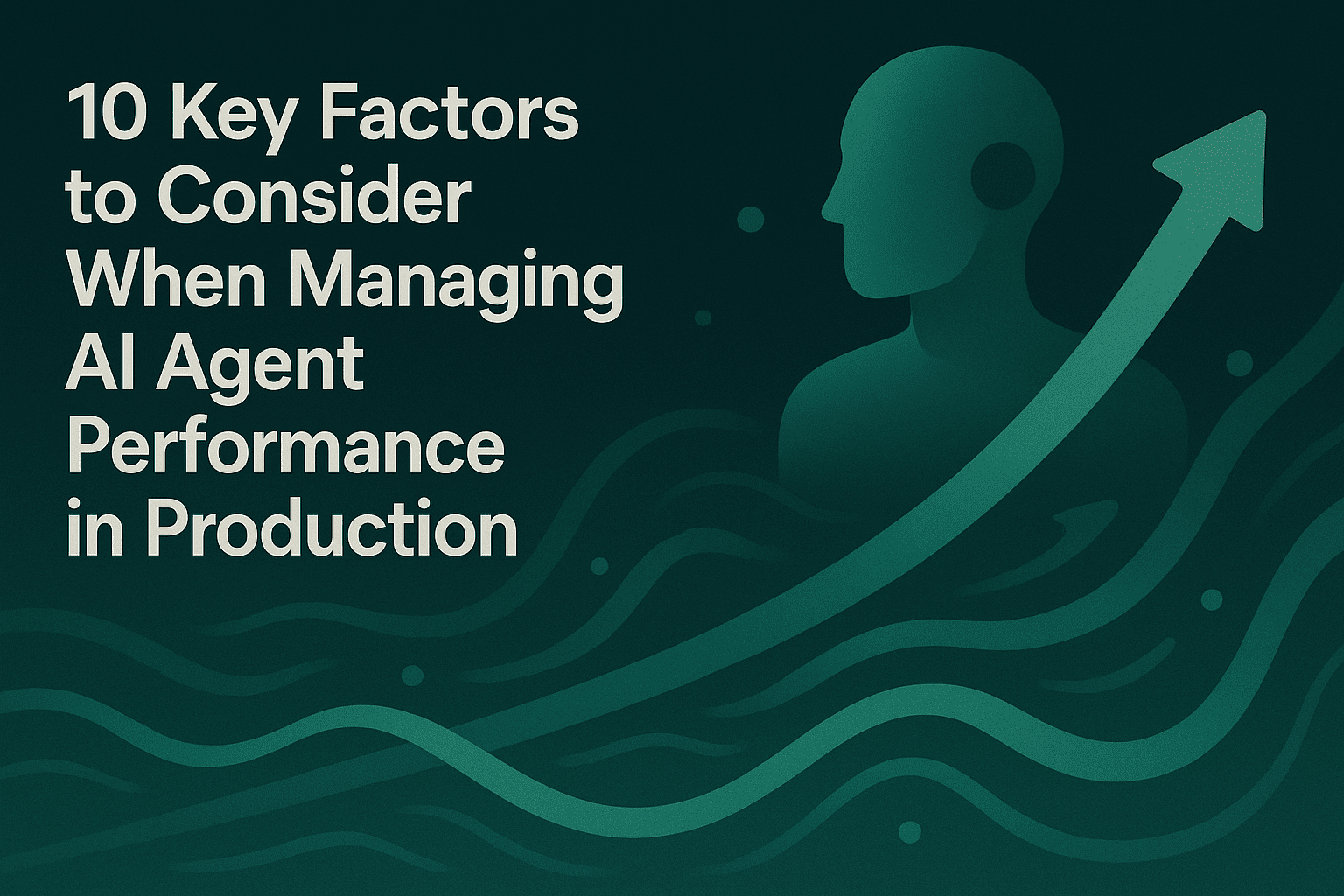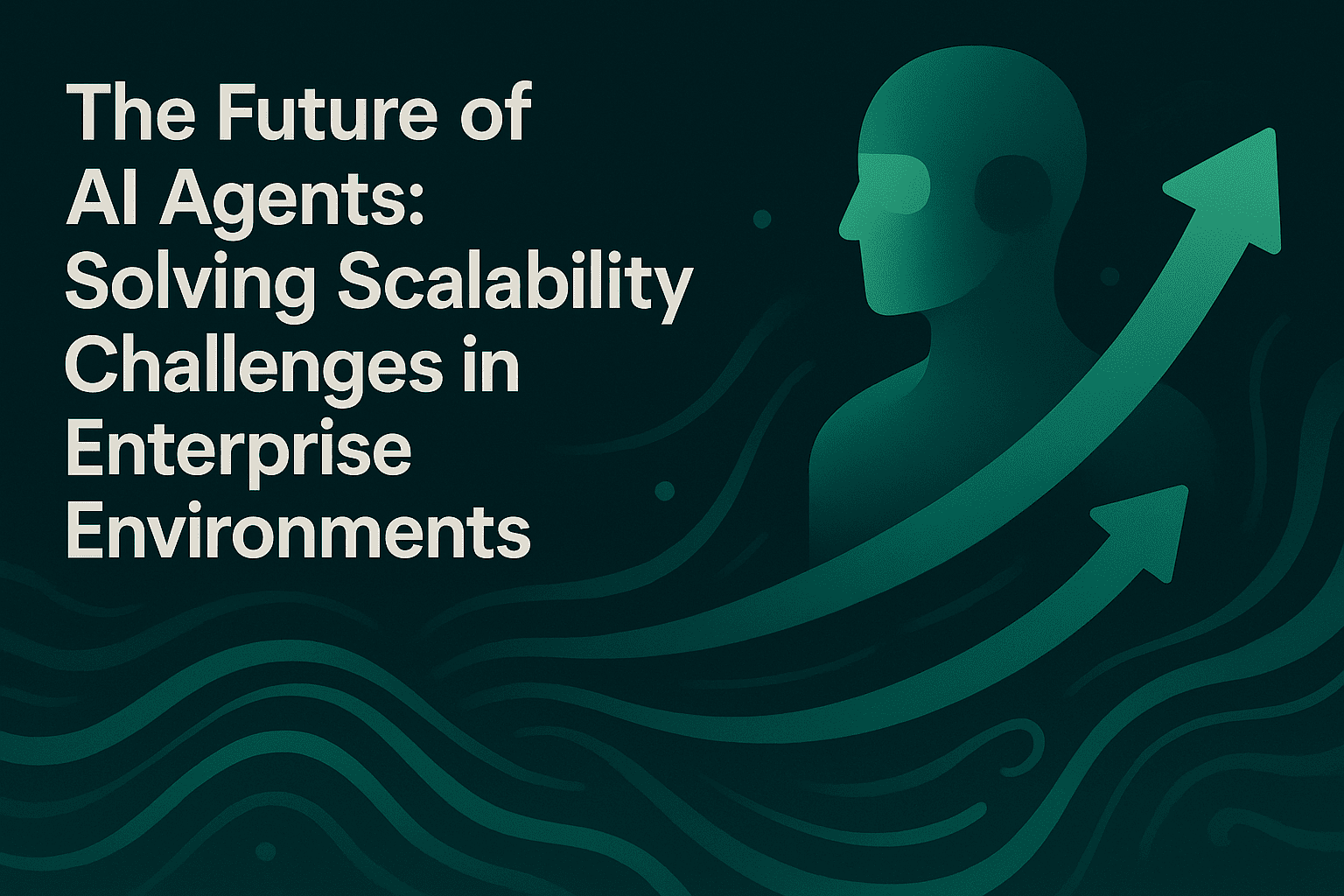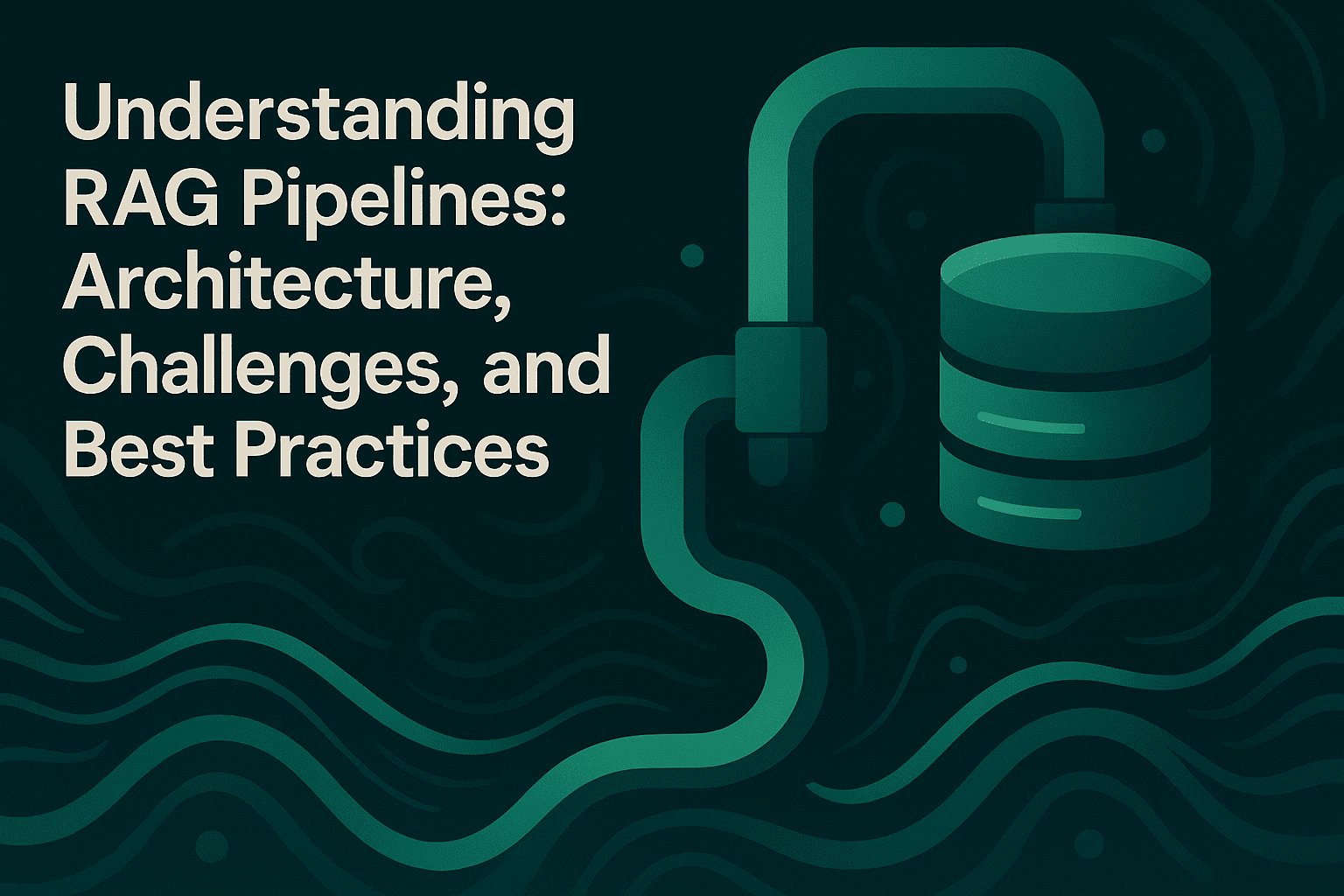5 Ways to Optimize Costs and Latency in LLM-Powered Applications

TLDR
LLM costs and latency are critical challenges for production AI applications. This guide presents five proven optimization strategies: (1) intelligent model routing to match query complexity with appropriate models, (2) prompt optimization for token efficiency, (3) semantic caching to reuse similar responses, (4) streaming responses to reduce perceived latency, and (5) continuous monitoring with quality evaluation. Organizations implementing these approaches achieve 40-60% cost reductions while maintaining or improving response times. Maxim's observability, evaluation, and simulation platform combined with Bifrost's gateway capabilities provide the infrastructure to implement these optimizations without application code changes.
Introduction
Large language models have become indispensable for enterprises building AI agents, but their operational economics present significant challenges. Organizations processing millions of requests daily face monthly bills ranging from thousands to hundreds of thousands of dollars, with API pricing spanning from $0.25 to $75 per million tokens depending on model selection. Beyond costs, latency issues fundamentally impact user experience, with multi-step agent workflows often exceeding 15 seconds in production environments. Academic research demonstrates that strategic optimization can reduce inference expenses by up to 98% while maintaining or even improving accuracy. This guide presents five proven strategies for optimizing both cost efficiency and response latency in LLM-powered applications.
1. Implement Intelligent Model Routing and Cascading
Model routing enables applications to dynamically select the most appropriate model based on request complexity and cost constraints. Not every query requires the computational power of premium models. Simple queries that require factual retrieval or basic summarization perform adequately on smaller models, while complex reasoning or creative generation tasks benefit from larger models.
How Model Routing Reduces Costs
Consider a customer support application processing 10 million tokens daily. Research on quality-aware cost optimization shows that routing 70% of straightforward queries to a model costing $0.50 per million tokens and 30% of complex issues to a $5 per million token model yields an effective rate of $1.85 per million tokens compared to $5 if all traffic used the premium model, a 63% cost reduction.
The key is implementing routing logic that analyzes request characteristics such as prompt length, task type, or user tier. Bifrost's unified interface provides the infrastructure to implement this routing without application code changes, enabling teams to switch between providers and models based on real-time cost and performance metrics.
Latency Benefits Through Selective Model Deployment
Model size directly impacts inference latency. NVIDIA research on LLM inference optimization shows that smaller models complete inference significantly faster due to reduced computational requirements. By routing simple queries to compact models, applications reduce both time-to-first-token and per-token generation time.
graph TD
A[Incoming Request] --> B{Request Classifier}
B -->|Simple Query| C[Efficient Model<br/>GPT-4.1 Nano<br/>$0.40/M tokens]
B -->|Medium Complexity| D[Balanced Model<br/>GPT-4.1<br/>$5/M tokens]
B -->|Complex Reasoning| E[Premium Model<br/>Claude Opus 4<br/>$15/M tokens]
C --> F[Response]
D --> F
E --> F
style C fill:#90EE90
style D fill:#FFD700
style E fill:#FF6B6B
Automatic failover capabilities through Bifrost's fallback mechanisms ensure that when primary models experience outages or rate limits, requests seamlessly route to backup providers. This maintains availability while enabling cost optimization by using lower-priced alternatives when appropriate.
2. Optimize Prompts for Token Efficiency
Token consumption directly correlates with costs, making prompt engineering one of the most impactful optimization levers. Research on token-budget-aware reasoning demonstrates that including reasonable token budgets in instructions can reduce chain-of-thought processing from 258 output tokens to 86 tokens while maintaining correct answers, a 67% reduction in token costs.
Systematic Prompt Compression
Many teams achieve 6-10% cost savings through prompt compression alone by eliminating redundant instructions, consolidating examples, and using more concise language while maintaining output quality. The optimization process involves measuring baseline performance, iteratively removing unnecessary tokens, and validating that quality metrics remain stable.
Studies on LLM cost optimization show that output tokens typically cost 3-5x more than input tokens. This asymmetry makes controlling response length one of the most impactful cost control levers available. Teams should establish token budgets per request type and design prompts that achieve objectives within those constraints.
Version Control and A/B Testing
Maxim's experimentation platform enables controlled rollouts of optimized prompts with rollback capabilities if quality regressions occur. The platform facilitates comparing prompt versions across cost, latency, and quality dimensions through A/B testing, ensuring winning variants roll out incrementally with monitoring to validate production performance.
| Optimization Strategy | Token Reduction | Quality Impact | Implementation Complexity |
|---|---|---|---|
| Remove redundant instructions | 10-15% | None | Low |
| Consolidate few-shot examples | 15-25% | Minimal | Medium |
| Implement token budgets | 40-67% | None with proper tuning | Medium |
| Use compressed representations | 20-40% | Requires validation | High |
Contextual Token Management
Research on token usage optimization using Design Structure Matrix methodology shows that organizing conversation flows can minimize tokens sent to or retrieved from the LLM at once. For applications with restricted token availability, clustering and sequencing conversation pieces enables efficient allocation across context windows.
3. Deploy Semantic Caching for Response Reuse
Semantic caching reduces costs by storing and reusing responses for similar queries rather than processing identical or near-identical requests multiple times. Unlike traditional cache keys based on exact string matching, semantic caching uses embedding similarity to identify functionally equivalent queries with different phrasing.
Implementation and Hit Rate Optimization
A semantic cache implementation calculates embeddings for incoming prompts, compares them against cached embeddings using cosine similarity, and returns cached responses when similarity exceeds a configured threshold. This approach handles query variations like "What is your return policy?" and "How do I return an item?" as cache hits.
Bifrost's semantic caching enables teams to configure similarity thresholds and freshness rules to balance cache accuracy with response relevance. Applications with repetitive query patterns such as FAQ chatbots or documentation assistants achieve cache hit rates of 40-60%, translating directly to proportional cost reductions on cached requests.
Latency Reduction Through Caching
Beyond cost savings, semantic caching dramatically reduces response latency. Cached responses return in milliseconds compared to seconds for full model inference. Studies on LLM inference optimization demonstrate that effective caching strategies can reduce average latency by 50-70% for applications with high query repetition.
The performance impact extends beyond raw latency reduction. By eliminating unnecessary LLM calls, caching reduces load on inference infrastructure, enabling higher throughput and better resource utilization. This becomes particularly valuable during traffic spikes when infrastructure is under strain.
Cost-Latency Impact Analysis
graph LR
A[Query] --> B{Cache Check}
B -->|Cache Hit<br/>40-60% of queries| C[Return Cached Response<br/>~10ms latency<br/>$0 cost]
B -->|Cache Miss| D[LLM Inference<br/>~2000ms latency<br/>Full token cost]
D --> E[Store in Cache]
E --> F[Return Response]
C --> G[Response to User]
F --> G
style C fill:#90EE90
style D fill:#FFD700
4. Enable Streaming Responses for Perceived Latency Reduction
Streaming responses deliver content incrementally, allowing users to start engaging immediately rather than waiting for complete generation. This approach creates a smoother user experience and significantly reduces perceived latency without changing actual inference time.
Technical Implementation of Streaming
Research on LLM latency optimization shows that streaming responses improve perceived performance by displaying tokens as they generate. Time-to-first-token becomes the critical metric rather than total generation time. Users experience responsiveness within hundreds of milliseconds instead of waiting several seconds for complete responses.
Bifrost's streaming support provides standardized streaming behavior across providers, simplifying client implementation. The unified interface handles provider-specific differences in streaming protocols, enabling applications to maintain consistent behavior regardless of underlying model selection.
Optimizing Time-to-First-Token
The time from request initiation to receiving the first response token represents the perceived latency users experience. AWS guidance on latency-optimized inference recommends keeping prompts concise and breaking complex tasks into smaller chunks to minimize time-to-first-token.
Industry benchmarks show significant variation in first-token latency across models. GPT-4.1 typically delivers first tokens in 200-400ms, while Claude Opus achieves 150-300ms. Selecting appropriate models based on latency requirements and implementing intelligent routing ensures applications meet responsiveness targets.
Balancing Streaming with Other Optimizations
Streaming works synergistically with other optimization strategies. Semantic caching provides instant responses for cached queries, while streaming handles cache misses gracefully. Model routing enables applications to stream responses from efficient models for simple queries, reserving premium models with potentially higher latency for complex reasoning tasks.
Research on continuous batching demonstrates that streaming enables immediate injection of new requests into compute streams, improving both throughput and latency. This batching approach achieves up to 23x throughput improvement while reducing p50 latency compared to static batching policies.
5. Establish Continuous Monitoring and Quality Evaluation
Optimizing costs and latency requires ongoing visibility into production performance. Without comprehensive monitoring and evaluation frameworks, cost optimizations risk degrading quality, while latency improvements may introduce subtle quality regressions.
Real-Time Cost and Latency Tracking
Maxim's observability platform provides distributed tracing that captures token usage, costs, and latency metrics at session, trace, and span levels. This granular visibility enables teams to identify high-cost components within multi-agent workflows and optimize strategically.
Key metrics to monitor include:
- Hourly and daily spend trends - Identify cost spikes indicating configuration issues or usage anomalies
- Cost per model and provider - Validate routing and failover decisions
- Token consumption patterns - Monitor input-output token ratios to detect prompt bloat
- P95 and P99 latency percentiles - Track tail latency that disproportionately impacts user satisfaction
- Cache hit rates - Measure semantic caching effectiveness
- Time-to-first-token - Evaluate streaming responsiveness
Bifrost's governance features enable hierarchical budget management with virtual keys assigned to specific teams, applications, or customer segments. Budget controls track spending against allocations and trigger alerts when thresholds approach, preventing cost overruns.
Quality-Cost Tradeoff Analysis
Maxim's simulation and evaluation platform measures whether cost optimizations maintain acceptable quality levels. Before deploying model changes, routing updates, or prompt modifications, teams should run evaluations comparing new configurations against quality baselines.
The evaluation framework supports deterministic, statistical, and LLM-as-a-judge evaluators at session, trace, or span levels. Teams can define quality thresholds and establish automated regression tests that prevent cost reductions from creating downstream support costs exceeding savings.
Production Quality Monitoring
Automated evaluations on production traces enable continuous quality assessment without manual review overhead. Research on dual-efficiency optimization shows that jointly optimizing for token efficiency and task success rates achieves up to 60.9% token reduction while improving performance by 29.3%.
The monitoring workflow should include:
- Baseline establishment - Capture quality metrics before optimization deployment
- Incremental rollout - Deploy changes to small traffic percentages with monitoring
- Statistical validation - Confirm metrics remain within acceptable ranges
- Automated rollback - Revert changes automatically if quality degrades
- Continuous iteration - Use production feedback to refine optimizations
| Metric | Target | Alert Threshold | Action |
|---|---|---|---|
| Daily cost | $X budget | 90% of budget | Review high-cost queries |
| P95 latency | <2000ms | >2500ms | Investigate slow requests |
| Cache hit rate | >50% | <40% | Review cache configuration |
| Quality score | >85% | <80% | Pause optimizations |
| Token efficiency | <500 tokens/query | >600 tokens/query | Audit prompt templates |
Implementing a Comprehensive Optimization Strategy
Achieving sustainable cost and latency optimization requires combining these five strategies into a cohesive framework. Organizations that implement systematic approaches achieve 40-60% cost reductions while maintaining or improving application quality.
Gateway-Based Architecture
Implementing optimization strategies requires infrastructure that provides routing, caching, monitoring, and governance capabilities without adding complexity to application code. Bifrost's unified gateway centralizes these capabilities, enabling teams to implement sophisticated cost management through configuration rather than application changes.
Gateway-based architectures separate optimization logic from application logic, allowing infrastructure teams to implement cost controls and routing strategies that benefit all applications without coordinating code changes across multiple services. The gateway provides:
- Drop-in replacement for existing OpenAI, Anthropic, or GenAI API calls with zero code changes
- Automatic failover and load balancing across providers and models
- Semantic caching with configurable similarity thresholds
- Budget enforcement with hierarchical spending limits
- Native observability exporting metrics to Prometheus for visualization
End-to-End Workflow Integration
Maxim's full-stack platform integrates experimentation, simulation, evaluation, and observability into a unified workflow. Teams can test prompt optimizations in the playground, simulate agent behavior across scenarios, evaluate quality systematically, and monitor production performance all within a single platform.
This integration accelerates optimization cycles. Rather than implementing changes, waiting for production data, and manually analyzing results, teams iterate rapidly with immediate feedback on cost, latency, and quality tradeoffs. The unified dataset management enables continuous curation from production logs for ongoing evaluation and improvement.
Conclusion
Optimizing costs and latency in LLM-powered applications requires systematic approaches combining intelligent model routing, prompt optimization, semantic caching, streaming responses, and continuous monitoring. Organizations implementing these strategies achieve substantial cost reductions while delivering responsive user experiences.
The technical implementations discussed (routing algorithms, semantic similarity calculations, streaming protocols, and distributed tracing) provide the foundation for sustainable optimization. However, realizing these benefits requires infrastructure that centralizes capabilities without increasing application complexity.
Ready to optimize your AI applications? Book a demo to see how Maxim's evaluation, simulation, and observability platform combined with Bifrost's gateway capabilities help teams reduce costs while maintaining quality, or start your free trial to implement these optimizations in your production applications today.


